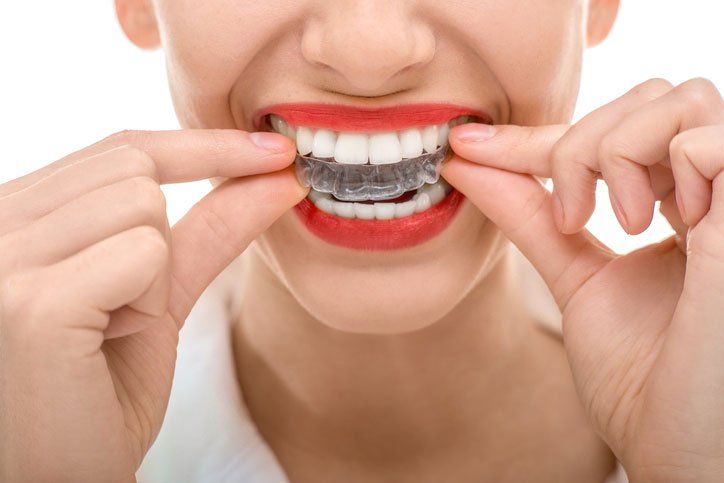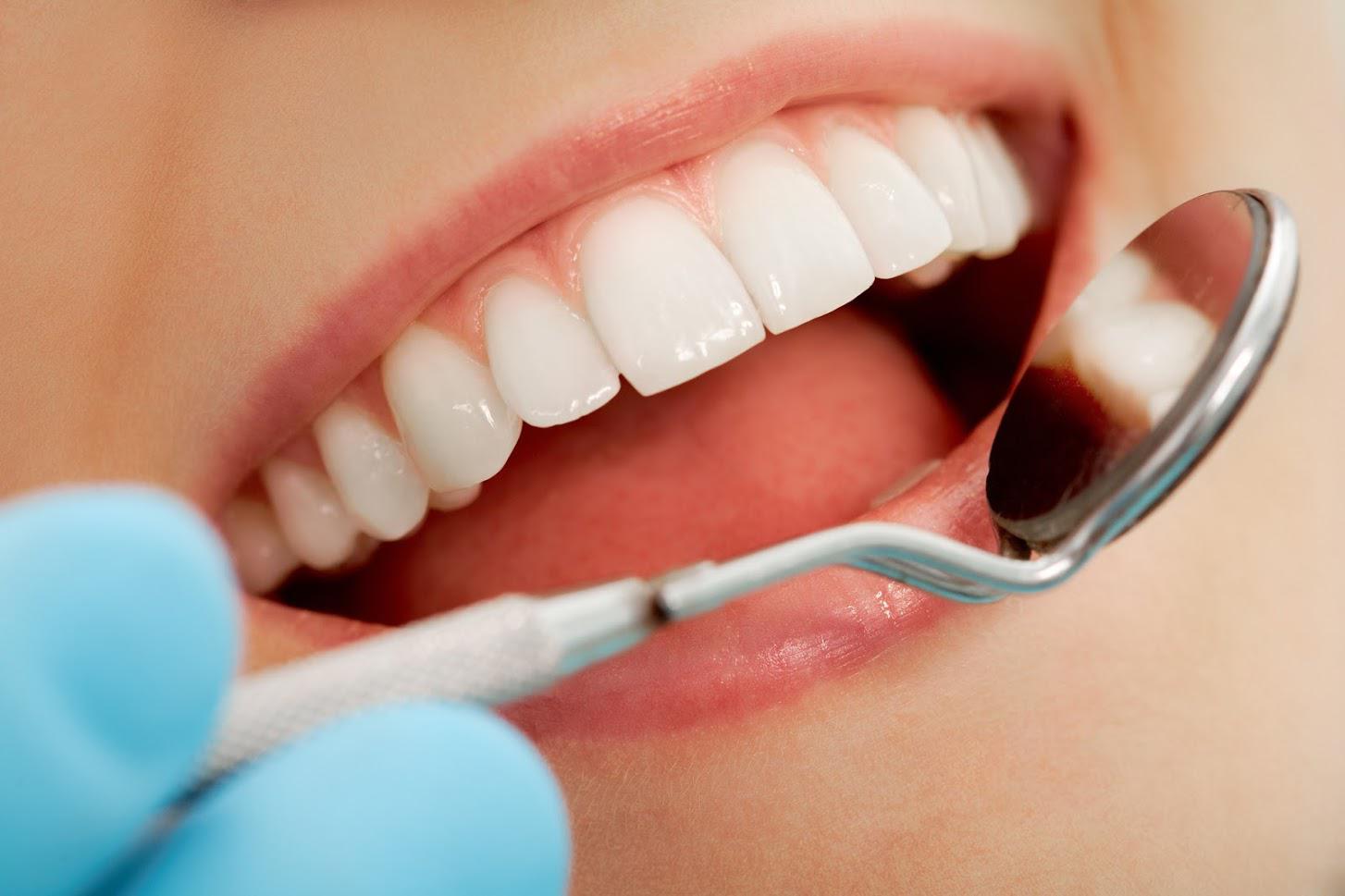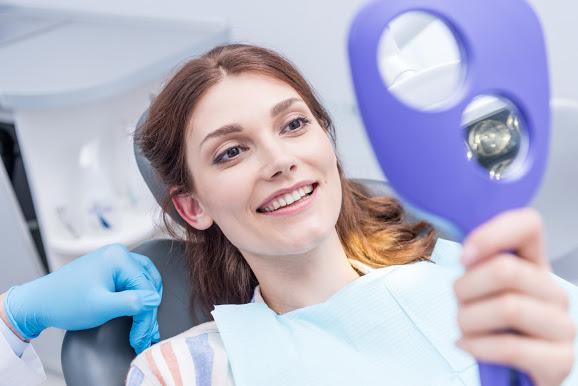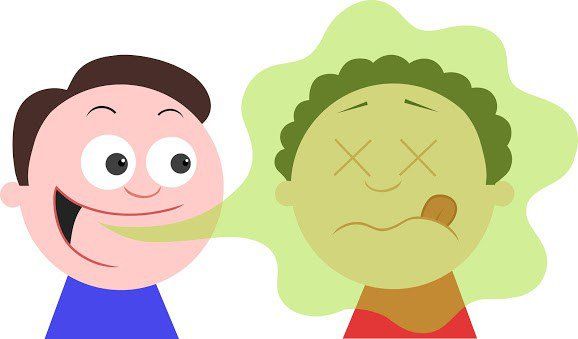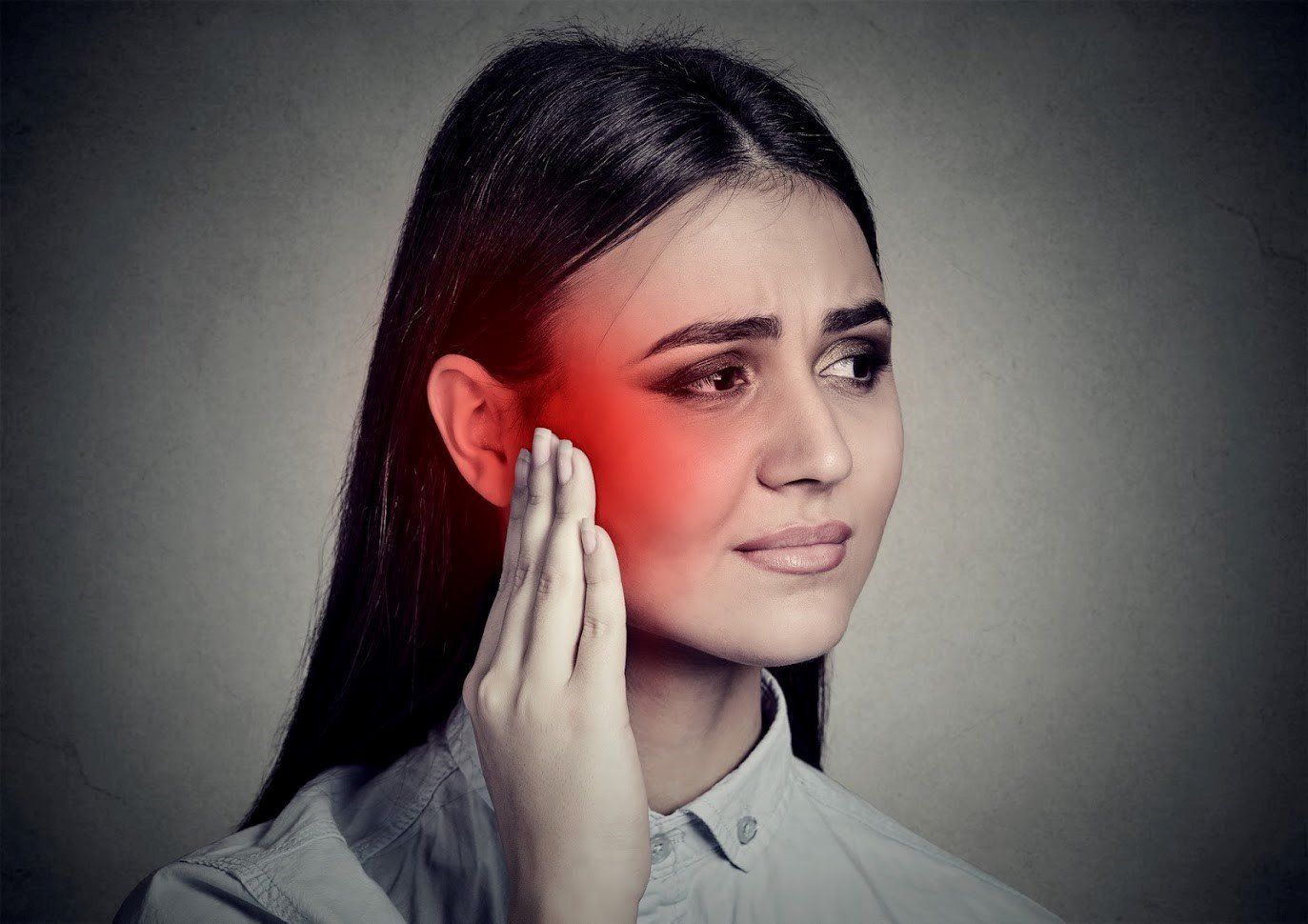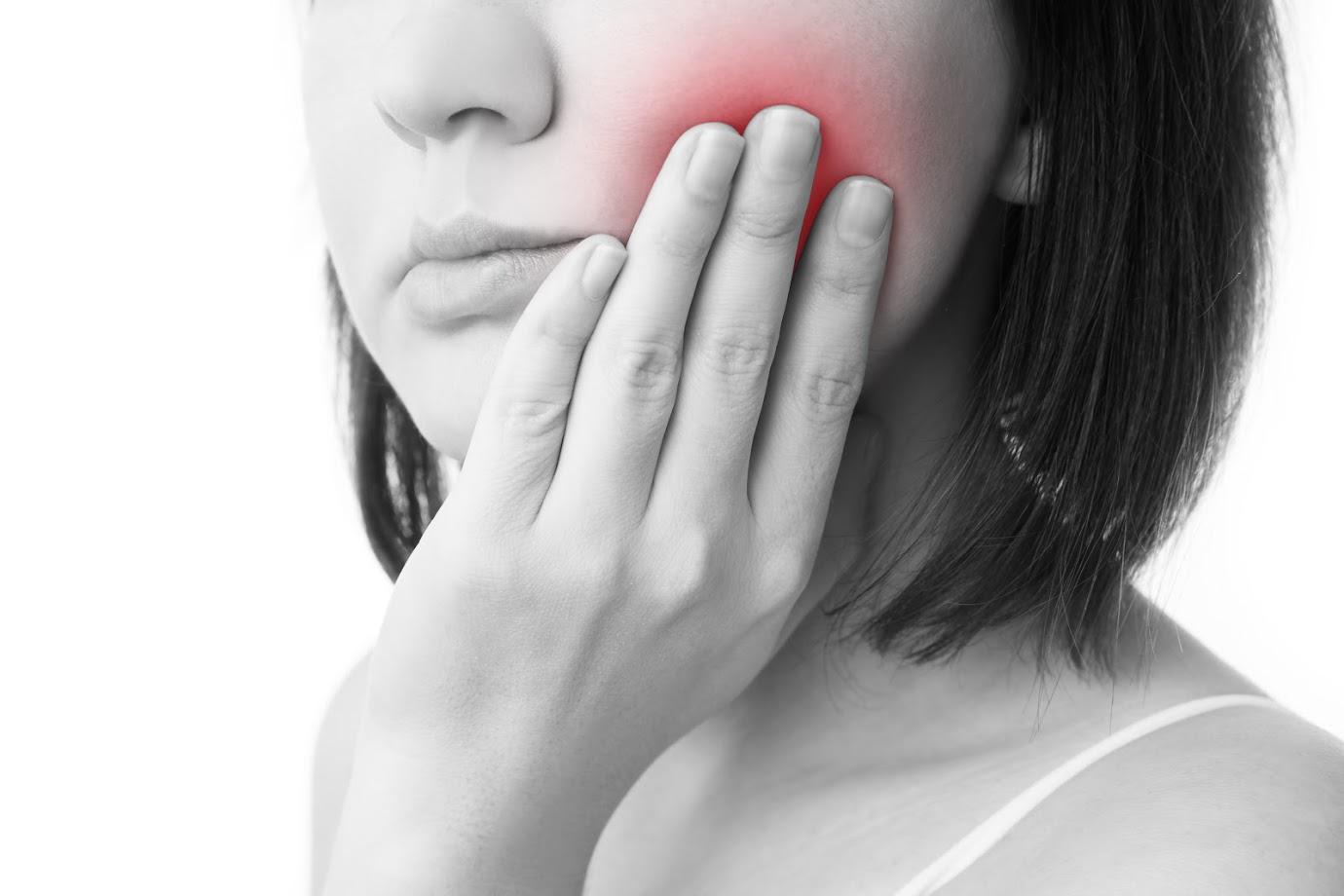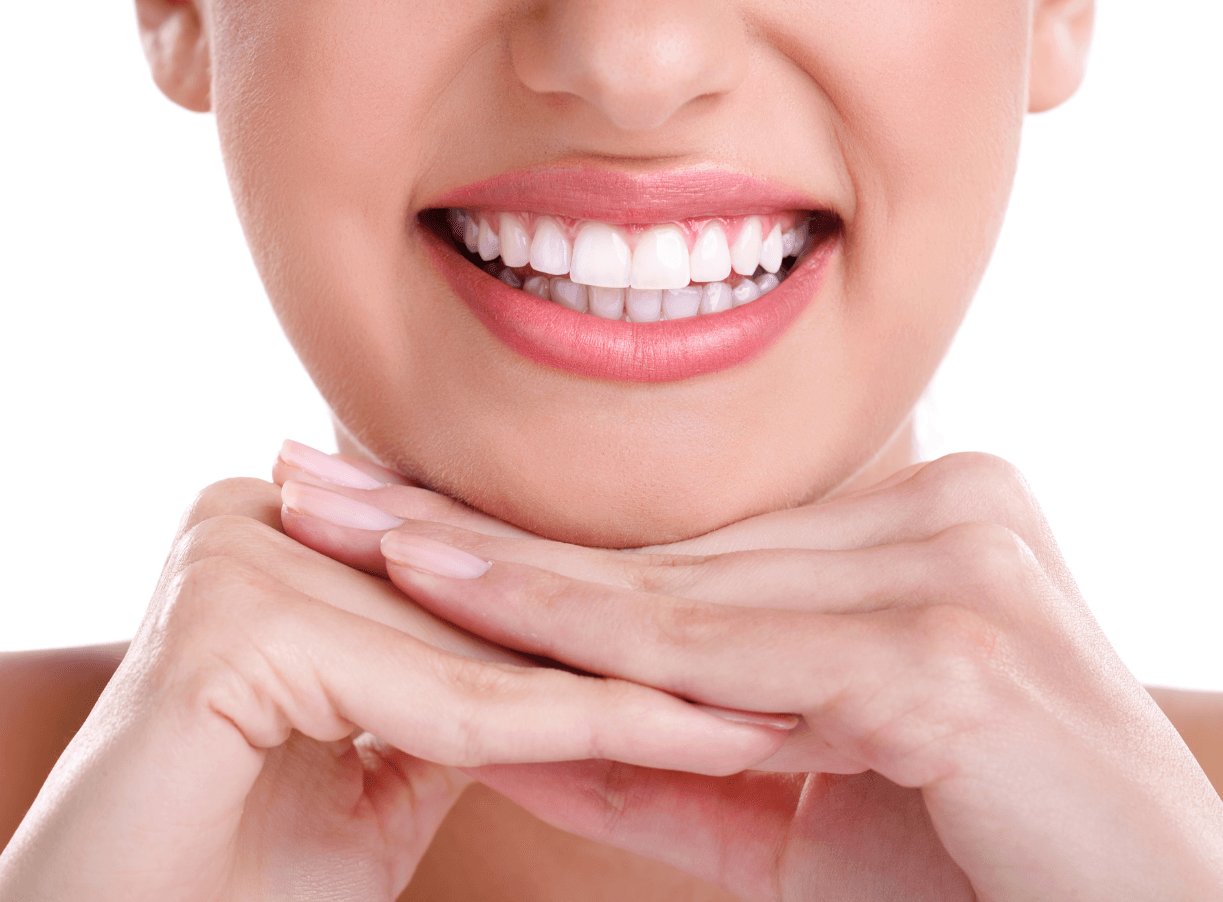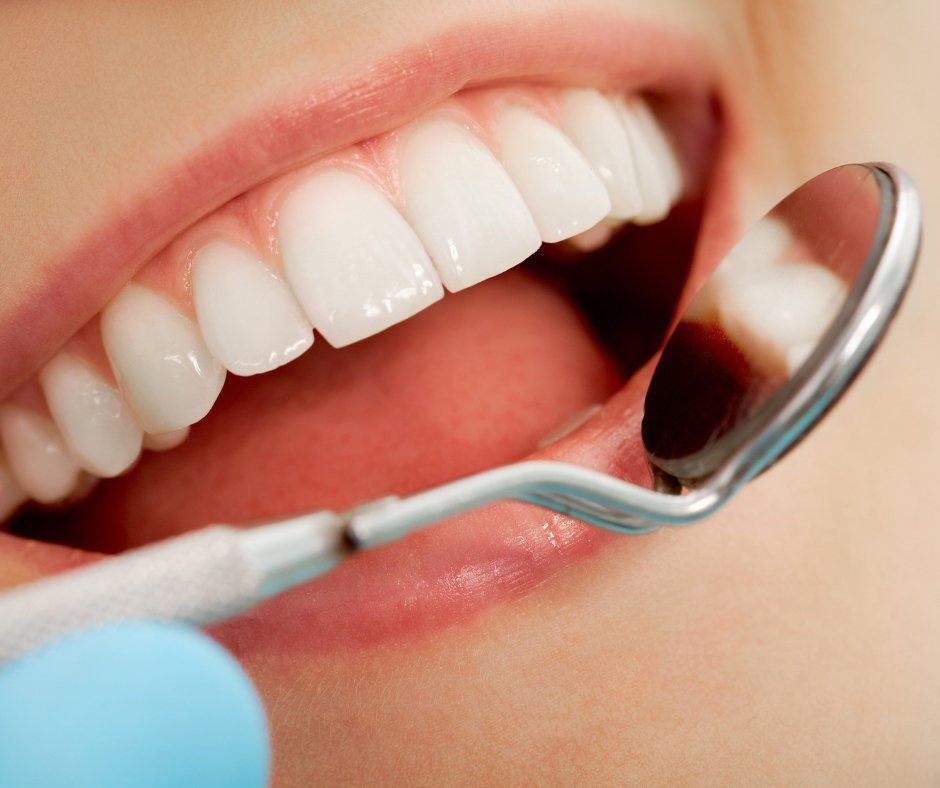Teeth-Brushing Do's And Dont's
- By Admin
- •
- 05 Mar, 2020
- •
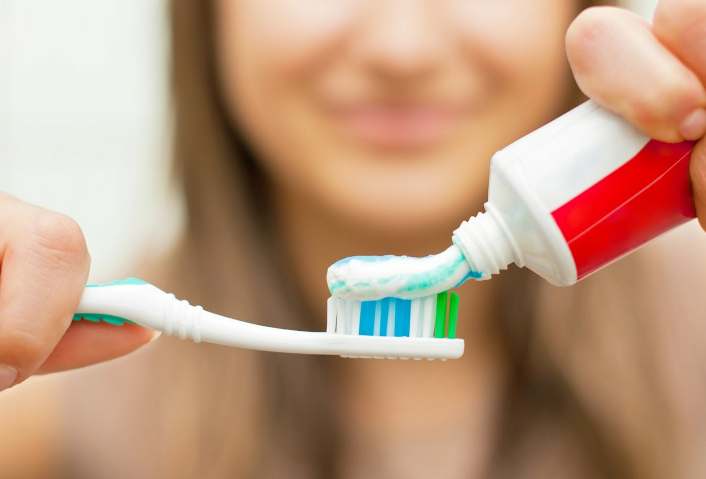
Human teeth and gums require regular maintenance to help them ward off disease and decay. You can encourage your ongoing dental wellness by brushing your teeth regularly. When properly performed, this form of preventative care can remove plaque and reduce the tartar buildup that promotes dental problems.
Even the most essential and helpful hygiene practices can fail to deliver their promised benefits if you incorporate them incorrectly. Here are some do's and don'ts to keep in mind as you brush your way to better oral health.
Do Brush Twice a Day
Even in an age when people recognize the need and value of regular tooth brushing, some 75 percent of Millennials brush their teeth only once a day. This routine flies in the face of the American Dental Association's recommendations, which specify that people should brush their teeth twice a day.
A lackadaisical brushing schedule allows bacteria, sugars, acids, and food particles to linger on your tooth enamel. This biofilm, known as plaque, comes off fairly easily if you address it in a timely manner. If you let it harden into tartar, however, only a professional dental cleaning can remove it.
Don't Brush Right After Eating
You might have an understandable urge to brush your teeth right after a meal. Unfortunately, while this practice can remove unsightly food particles and freshen your breath, it can also contribute to the deterioration of tooth enamel, especially if you brush immediately after consuming acidic foods or drinks.
Citrus fruits (or juices), tomatoes, coffee, alcoholic beverages, and sweets also contain acids that can erode enamel. This damage figures prominently in the development of cavities, but it can also thin your enamel over time, making your teeth more sensitive and vulnerable to breakage.
If you brush your teeth immediately following a meal, the friction from your toothbrush can actually increase acid erosion. Your saliva needs time to start breaking down acidic substances before you can safely brush them away. Allow 15 to 20 minutes for this process to occur before you brush.
Do Brush With Care
Your toothbrush can do your teeth more harm than good if you wield it too aggressively. Excessive pressure can contribute to premature enamel wear while also irritating the tissue at the gum line. In some cases, this irritation can lead to receding gums, an unattractive issue that can expose the tooth roots.
Fortunately, proper brushing technique can remove fresh plaque from your teeth without much force. Simply place the bristles against the gum line at a 45-degree angle and move the brush in small circular or back-and-forth motions, using light pressure. Then rotate the bristles to sweep the loosed plaque from each tooth.
Don't Use the Wrong Tools
Even with the most careful brushing technique, you must still consider what kind of toothbrush will remove plaque as safely and gently as possible if you want to avoid tooth or gum damage. A soft-bristled brush can clean your teeth just as effectively as a firmer type of toothbrush, making it a sensible default choice.
Your choice of toothpaste can also make a difference in protecting your tooth enamel. Dentists recommend fluoride toothpastes as an essential tool for combating tooth decay. Toothpastes that bear the American Dental Association (ADA) stamp of approval should contain the right level of fluoride to safeguard your teeth.
If your tooth enamel has already decayed or eroded, you may suffer from chronic tooth sensitivity. People who have this issue tend to experience pain when their teeth come into contact with cold, hot, or sugary substances.
Look for an ADA-approved toothpaste specially formulated to reduce this sensitivity. If over-the-counter products fail to help, you may still benefit from a prescription toothpaste. Even in the worst-case scenario, you can most likely solve this problem by receiving crowns or other restorations.
Now that you understand some essential tooth brushing dos and don'ts, make sure that you put them into practice correctly alongside other dental best practices. Contact the office of Michael G. Landy DDS to schedule a consultation and exam.





